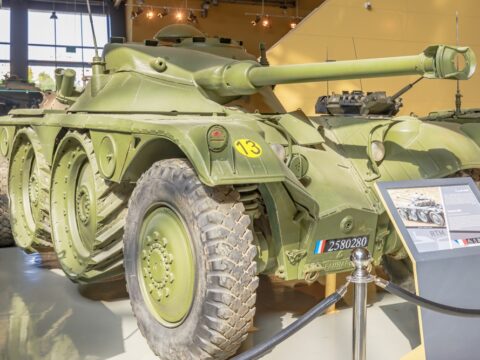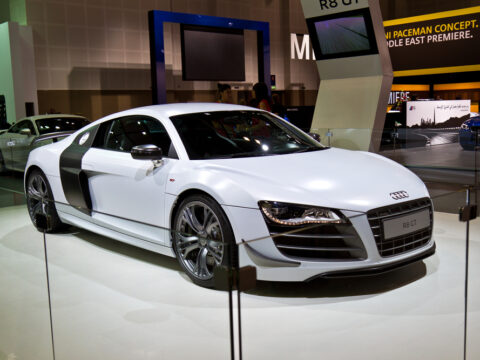Not all classic cars capture the attention of collectors, even if they come from prestigious European manufacturers. In this list, we’ll explore 25 classic European cars that, despite their charm and history, have remained underappreciated in the collector’s market.
Contents
Alfa Romeo Alfasud

The Alfa Romeo Alfasud, introduced in 1972, was Alfa Romeo’s attempt at creating a mass-market car with sporty appeal. Despite its innovative design, including a boxer engine and front-wheel drive, the Alfasud was plagued by rust issues and a reputation for unreliability. While it offered a great driving experience, these shortcomings have kept it from achieving collector status, making it an overlooked classic.
Fiat 124 Spider
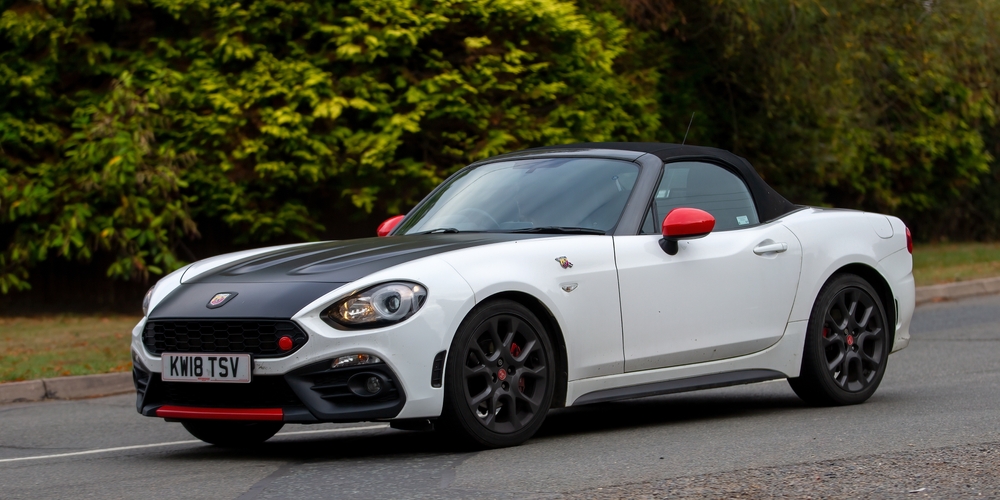
The Fiat 124 Spider is a stylish roadster that was produced between 1966 and 1985. Despite its Pininfarina design and fun driving dynamics, it hasn’t gained the same collector following as its contemporaries like the Alfa Romeo Spider. Its affordability and widespread availability, along with some quality issues, have kept it from becoming a collector’s favorite, though it remains a charming choice for enthusiasts.
Peugeot 504
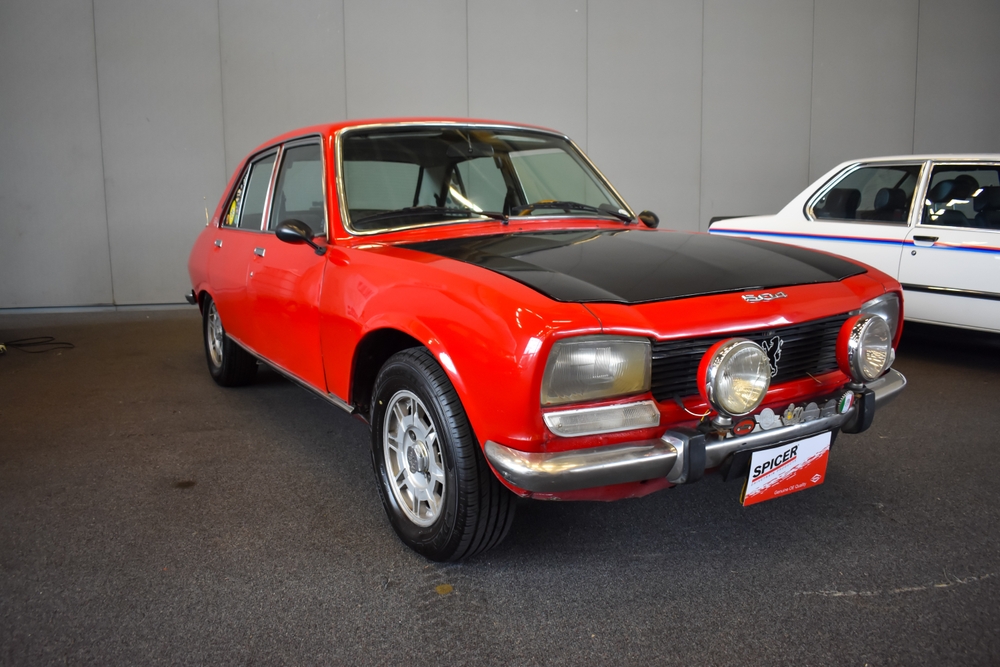
The Peugeot 504, launched in 1968, is known for its durability and comfort rather than its collector appeal. With its rugged build, the 504 became a popular choice in developing countries, but its utilitarian design and lack of sportiness mean it has largely been overlooked by collectors. Despite its reliability and engineering quality, the 504 has never gained the collector’s spotlight.
Citroën BX

The Citroën BX, introduced in 1982, is a classic example of Citroën’s quirky design and advanced technology, such as its hydropneumatic suspension. However, its polarizing looks and the shift towards a more conventional design language for Citroën meant that it never achieved the same iconic status as earlier models like the DS. As a result, it remains a niche interest among collectors.
Lancia Beta

The Lancia Beta, produced from 1972 to 1984, was intended to revive Lancia’s fortunes, but it suffered from severe rust problems, especially in early models. While the Beta had advanced engineering and was a joy to drive, its reputation for rust and reliability issues kept it from becoming a collector’s favorite. Today, it’s appreciated by a small but dedicated group of enthusiasts.
Renault 16
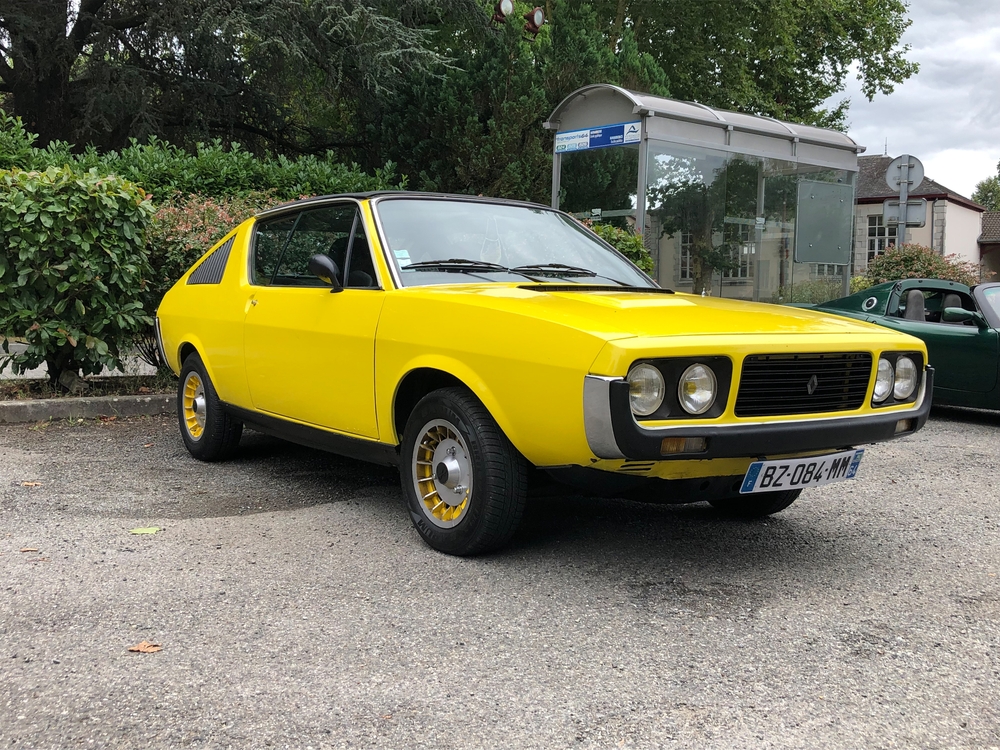
The Renault 16, introduced in 1965, was revolutionary as the world’s first production hatchback, combining practicality with innovation. Despite its groundbreaking design, the 16 never became a collector’s darling, likely due to its focus on practicality rather than performance or luxury. Its lack of sporty appeal and conservative styling have kept it out of the limelight in the collector’s market.
Volkswagen K70
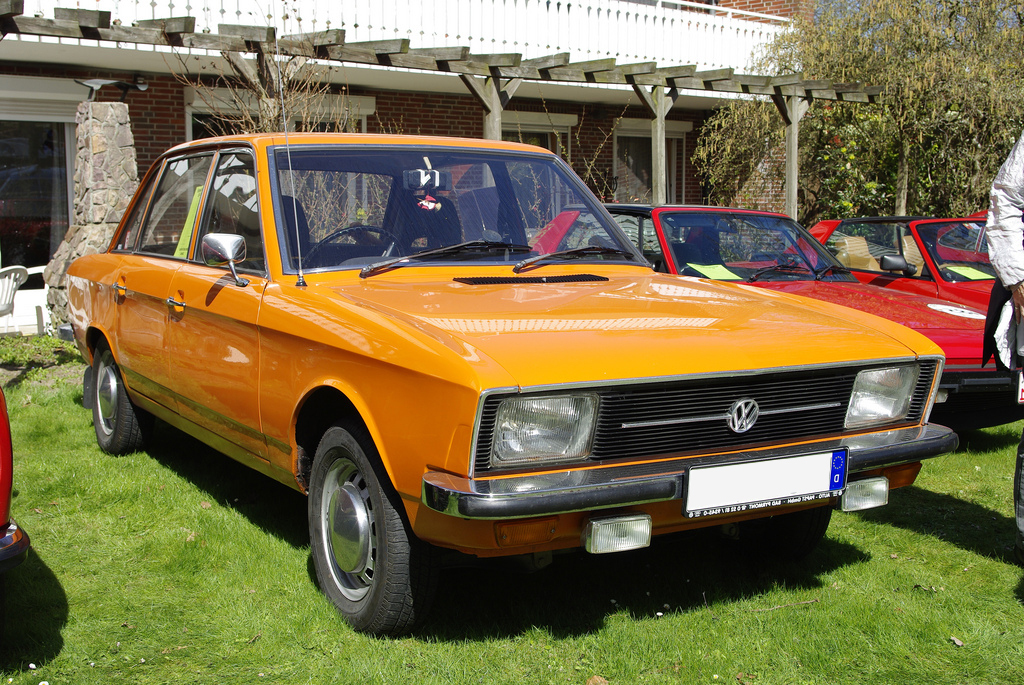
The Volkswagen K70, launched in 1970, was VW’s first water-cooled, front-engine, front-wheel-drive model. Originally developed by NSU before VW took over, the K70 struggled to find its place in VW’s lineup, overshadowed by the Beetle and later models like the Passat. Its plain design and lack of a strong identity meant it never gained much traction with collectors, despite its technical significance.
Triumph TR7
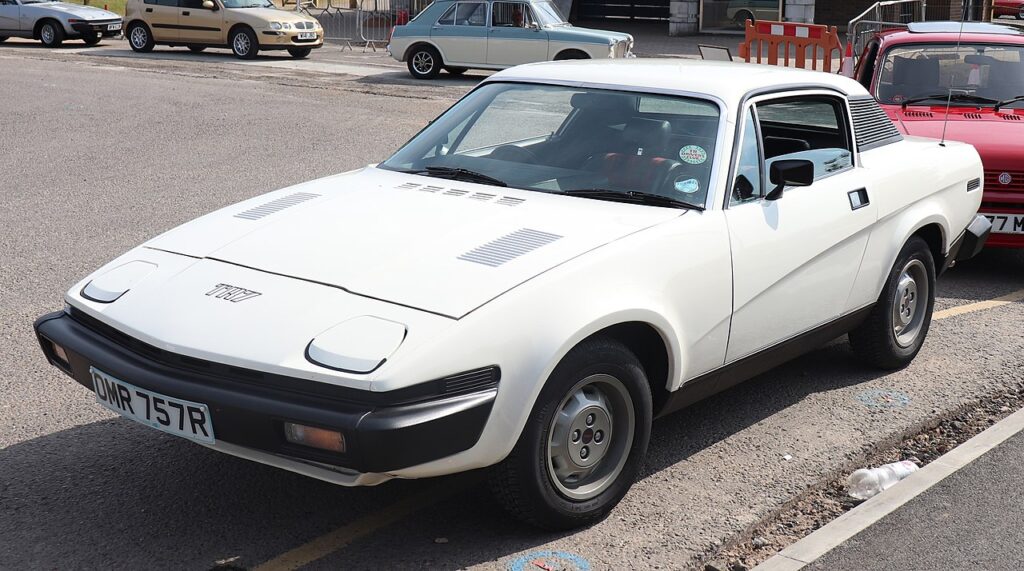
The Triumph TR7, produced from 1975 to 1981, is known for its wedge-shaped design, which was controversial at the time. While it offered good handling and a comfortable ride, the TR7 was let down by build quality issues and an underpowered engine. Its troubled production history and lukewarm reception have kept it from becoming a collector’s icon, though it still has a unique appeal for those interested in 1970s automotive design.
Volvo 262C Bertone

The Volvo 262C Bertone, produced between 1977 and 1981, was a luxury coupe designed by the Italian coachbuilder Bertone. Despite its distinctive styling and high level of comfort, the 262C’s boxy design and underwhelming performance didn’t resonate with collectors. Its limited production and unusual looks make it an interesting choice for Volvo enthusiasts, but it hasn’t achieved widespread collector status.
Saab 99
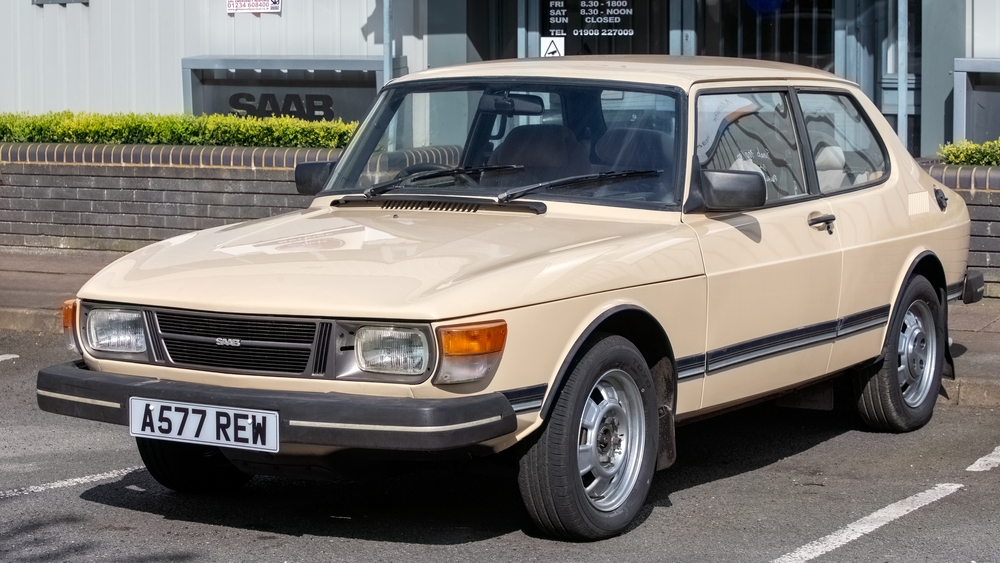
The Saab 99, produced from 1968 to 1984, was a robust and innovative car that introduced many features later found in modern vehicles. Despite its significance in automotive history, the 99’s quirky design and Saab’s niche appeal have kept it from becoming a popular collector’s item. While it has a loyal following among Saab aficionados, the 99 remains relatively obscure in the broader classic car market.
Opel Manta
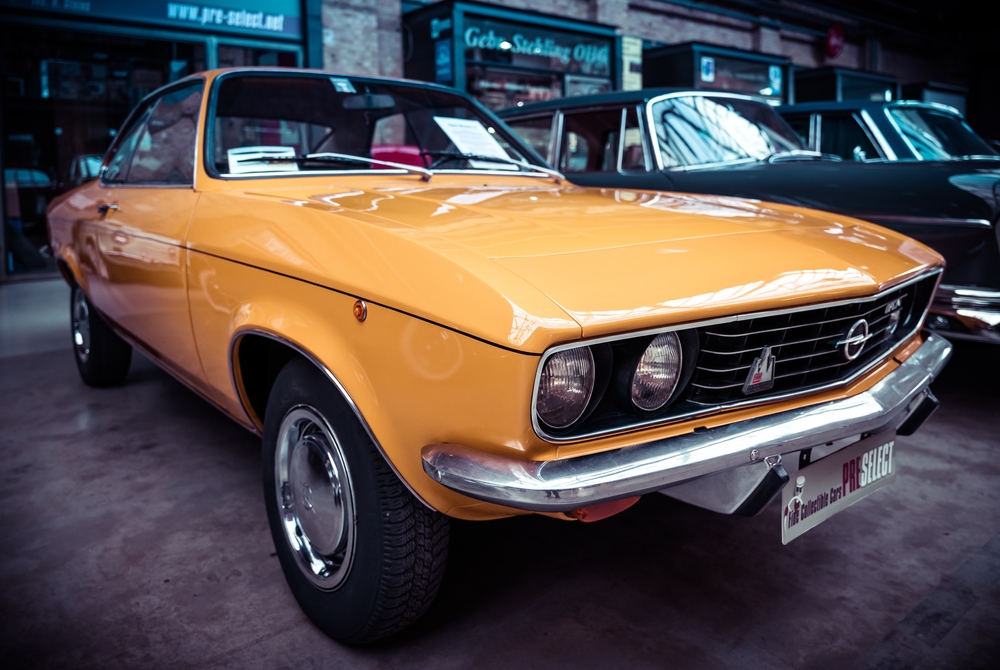
The Opel Manta, produced from 1970 to 1988, was Opel’s answer to the Ford Capri. Despite its sporty design and fun driving characteristics, the Manta never quite reached the same level of popularity as its rival. Its association with the boy racer culture in Europe, particularly in the 1980s, has also affected its desirability among serious collectors, keeping it on the fringes of the classic car scene.
Austin Allegro
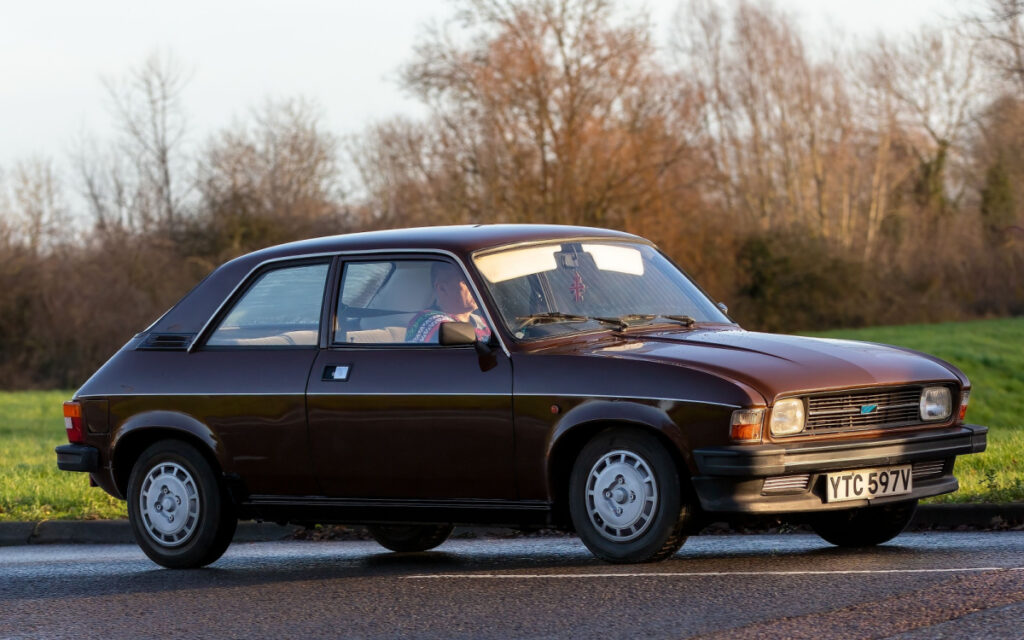
The Austin Allegro, produced between 1973 and 1982, is often remembered more for its faults than its merits. Dubbed the “all-aggro” due to its many issues, including build quality problems and a lack of power, the Allegro became a symbol of British Leyland’s decline. Despite this, it has a certain nostalgic charm, but its reputation means it’s largely overlooked by collectors.
Morris Marina
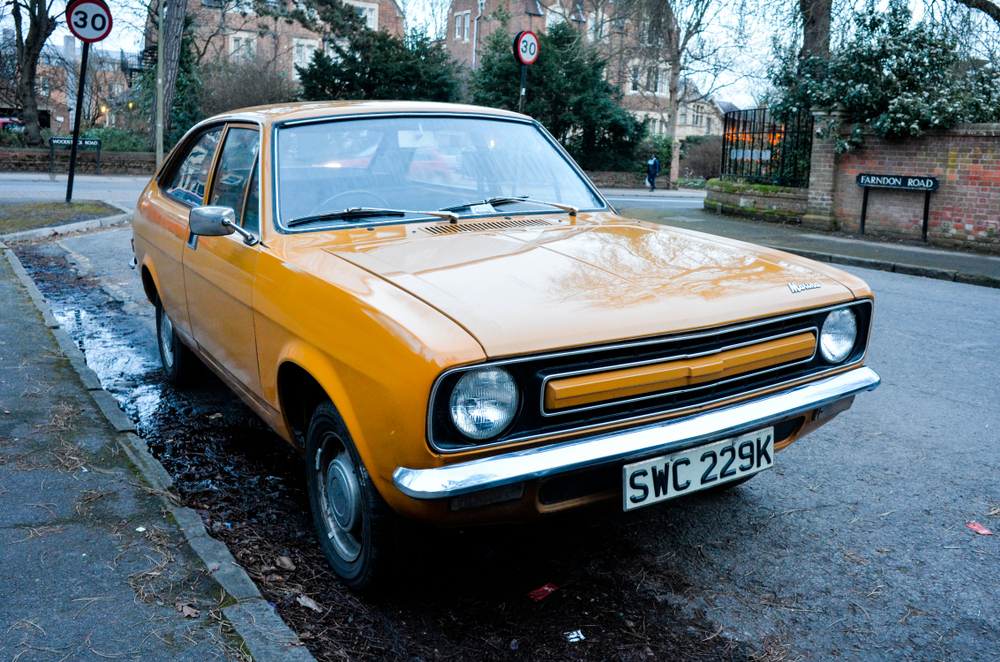
The Morris Marina, produced from 1971 to 1980, was another British Leyland product that never captured the imagination of car enthusiasts. Known for its uninspiring design and lackluster performance, the Marina was a common sight on British roads in the 1970s but has since faded into obscurity. Its reputation for being unremarkable has kept it from achieving collector status, though it remains a piece of British automotive history.
Rover SD1
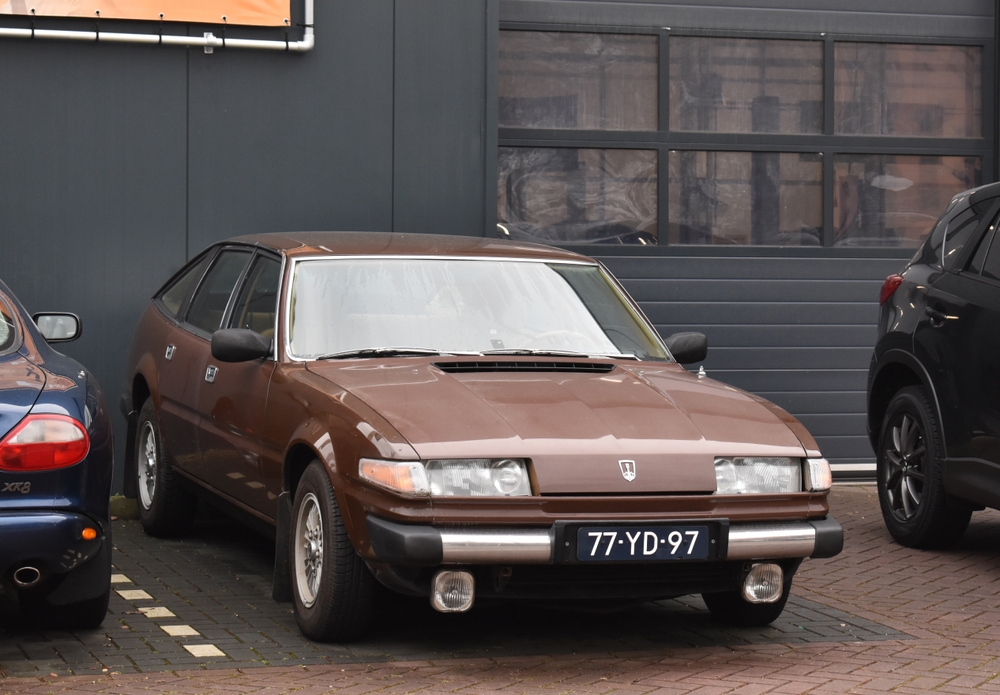
The Rover SD1, produced between 1976 and 1986, was an ambitious car that combined sleek, modern design with advanced engineering. Despite its early promise, the SD1 suffered from quality control issues and reliability problems, which tarnished its reputation. While it’s appreciated by a small group of enthusiasts today, these factors have prevented it from becoming a mainstream collector’s car.
Simca 1100
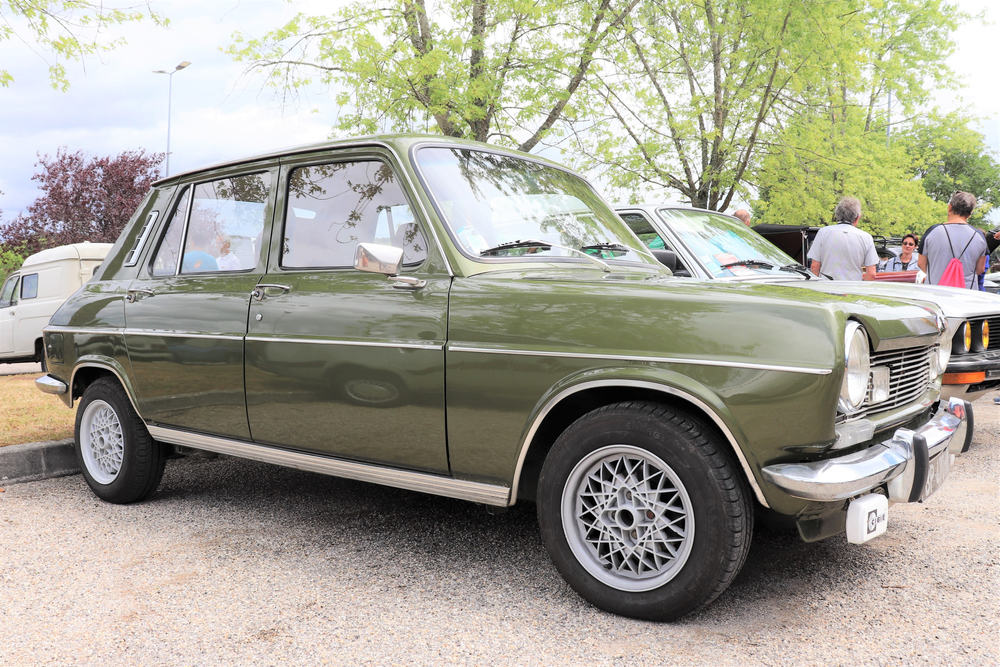
The Simca 1100, produced from 1967 to 1985, was one of the first hatchbacks and a very successful model in its time. Despite its innovative design and practicality, the 1100 is rarely seen as a collectible car today. Its utilitarian nature and the decline of the Simca brand have kept it in the shadows, making it an overlooked classic among collectors.
Vauxhall Viva
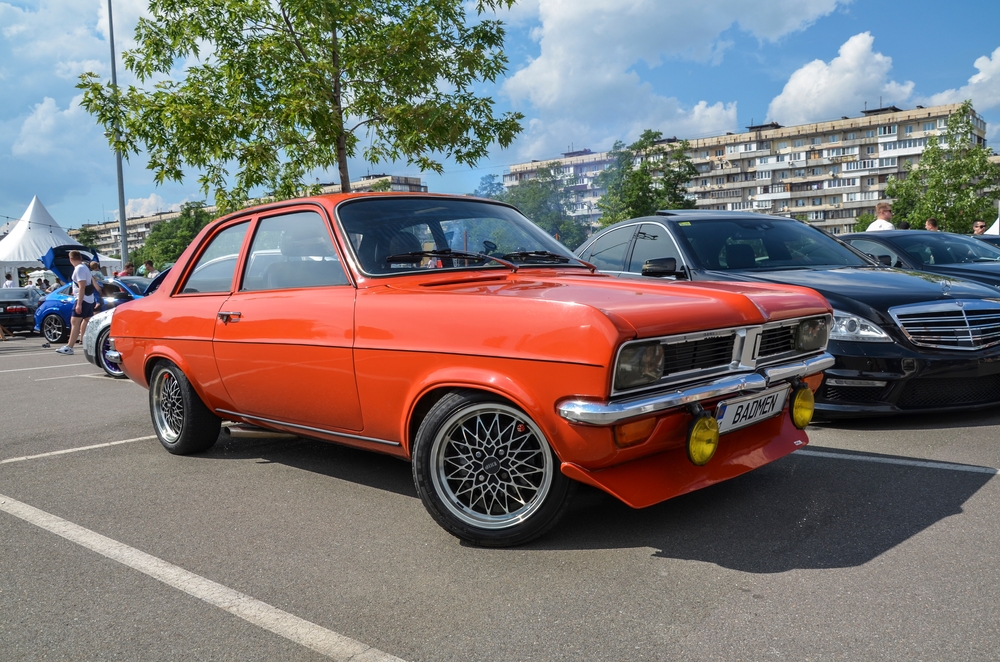
The Vauxhall Viva, produced from 1963 to 1979, was a small family car that competed with the Ford Cortina. While it was popular in its day, the Viva’s conservative design and lack of standout features have made it less desirable as a collector’s item. Its role as a practical, everyday car has overshadowed any potential for classic car status, though it remains a part of Vauxhall’s history.
Renault Fuego
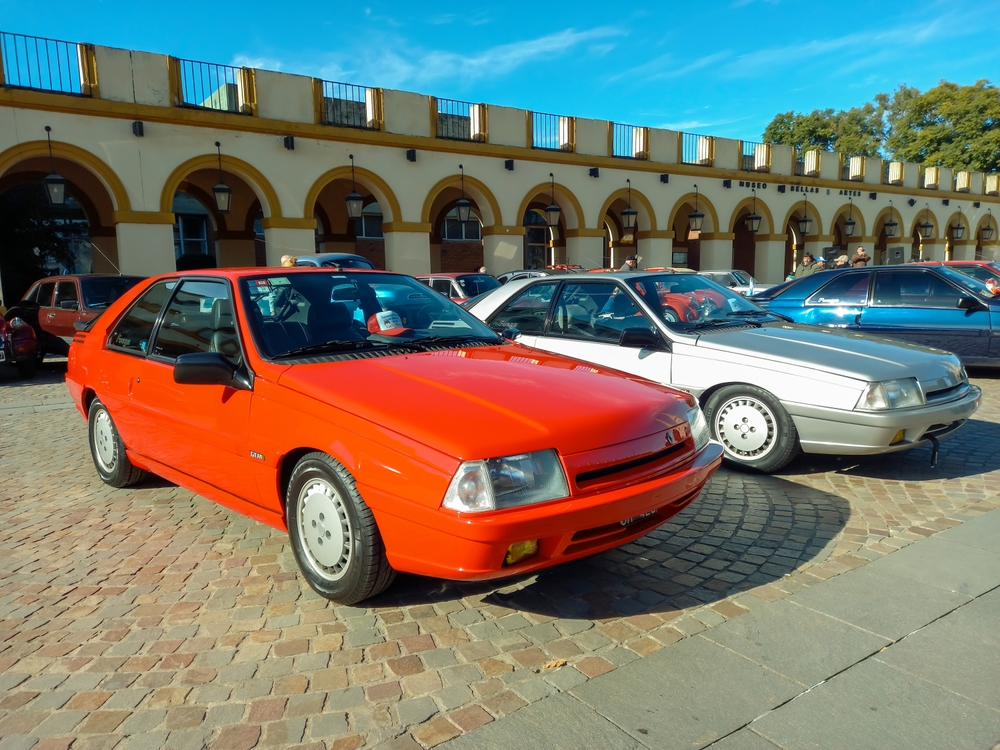
The Renault Fuego, produced from 1980 to 1986, was a stylish coupe that aimed to blend practicality with sportiness. Despite its distinctive design and turbocharged versions, the Fuego never became a collector’s favorite, possibly due to its front-wheel-drive layout and Renault’s inconsistent build quality during that period. It’s a car that has largely been forgotten, except by a small group of enthusiasts.
Skoda 110R
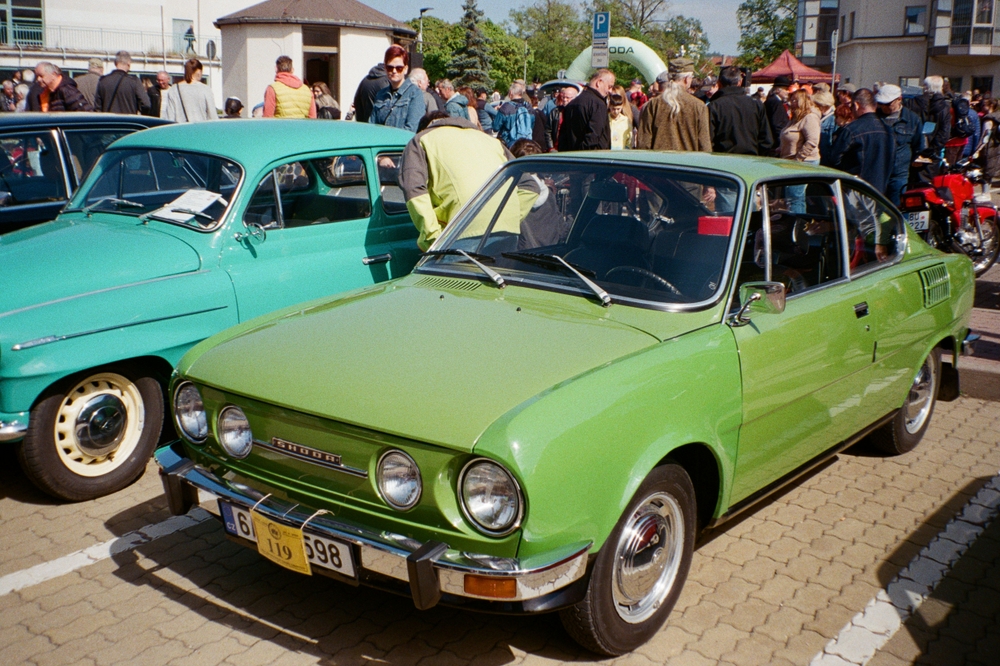
The Skoda 110R, produced from 1970 to 1980, was a rear-engine coupe that offered affordable sporty looks. While it has a cult following in Eastern Europe, the 110R’s basic engineering and the Skoda brand’s reputation for producing budget cars have kept it from being a mainstream collector’s item. Its quirky design and rarity in Western markets give it some appeal, but it remains underappreciated.
Talbot Sunbeam
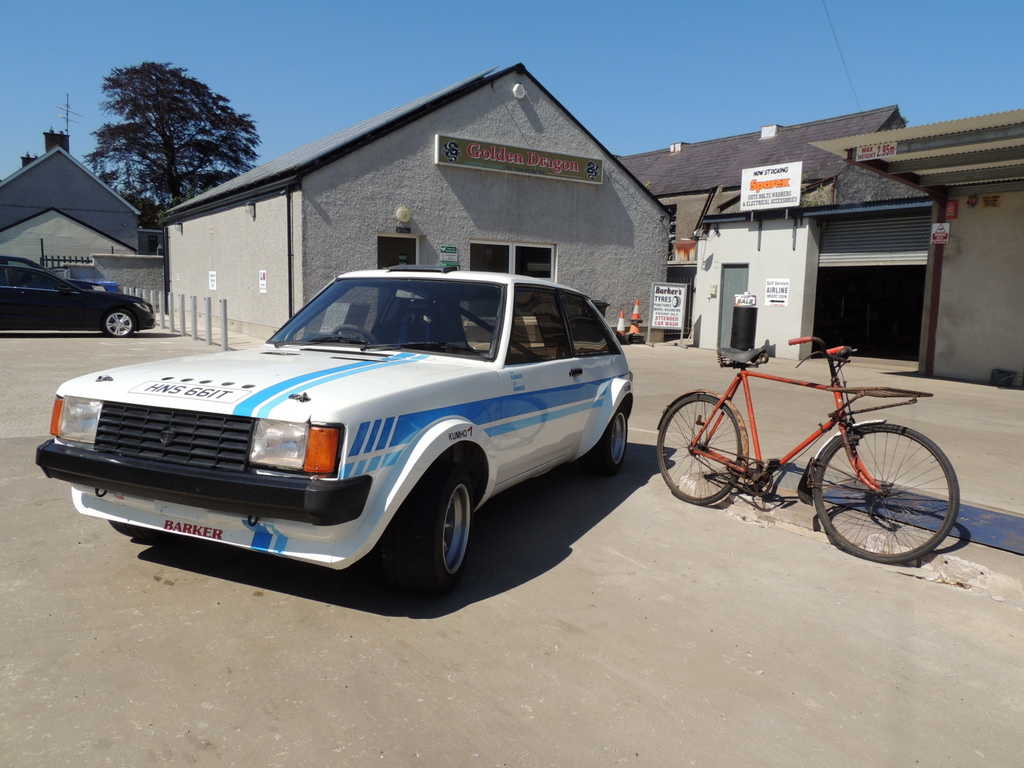
The Talbot Sunbeam, produced between 1977 and 1981, was a small hatchback that achieved some success in rallying, particularly in its Lotus-tuned version. Despite this, the Sunbeam never became a sought-after classic, likely due to the Talbot brand’s short lifespan and the car’s relatively unremarkable road-going versions. It’s a car with a rich motorsport heritage but little recognition in the collector’s market.
NSU Ro80
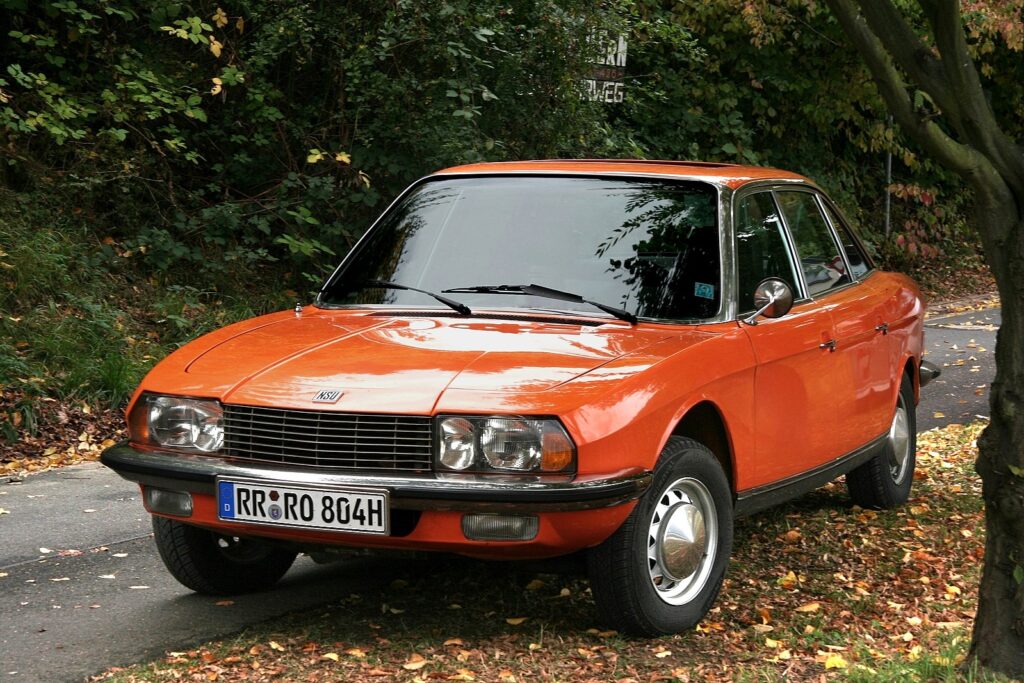
The NSU Ro80, produced from 1967 to 1977, was an innovative car with a Wankel rotary engine and advanced aerodynamics. However, the early models were plagued by engine reliability issues, which damaged its reputation. Despite its technical significance and futuristic design, the Ro80 has never gained widespread appeal among collectors, though it’s appreciated by those interested in automotive innovation.
Ford Capri Mk3
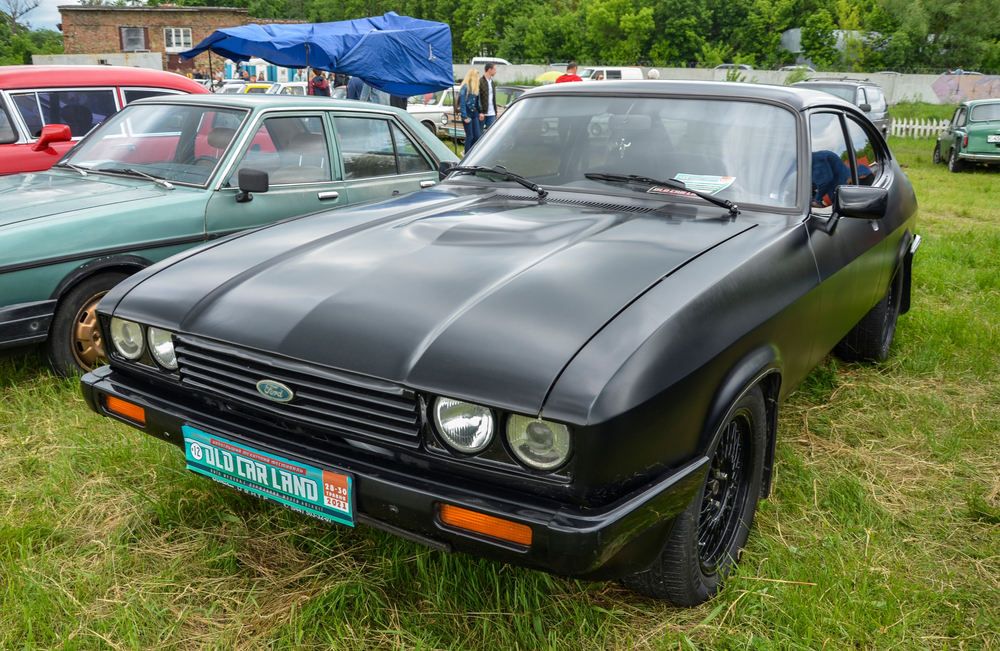
The Ford Capri Mk3, produced from 1978 to 1986, was the final iteration of Ford’s popular coupe. While the earlier Capris have a strong following, the Mk3 is often overlooked, partly due to its association with the declining popularity of coupes in the 1980s. It’s still a fun and affordable classic, but it hasn’t achieved the same collector status as its predecessors.
Fiat X1/9
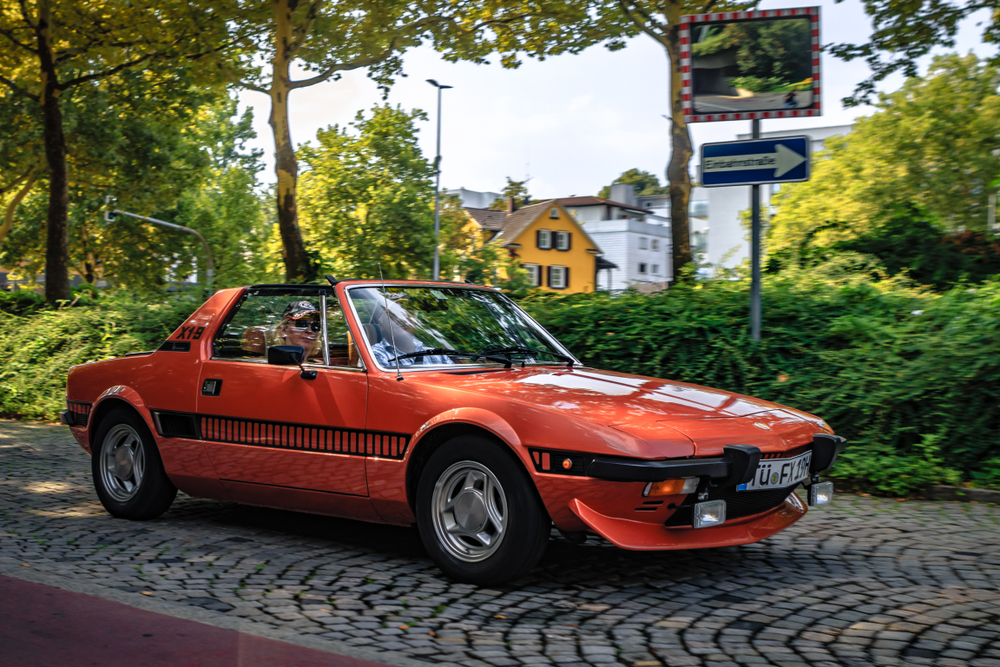
The Fiat X1/9, produced from 1972 to 1989, was a mid-engine sports car with sharp handling and a striking design by Bertone. Despite its qualities, the X1/9’s small engine and Fiat’s reputation for rust and reliability issues have kept it from becoming a collector’s favorite. Its unique design and driving dynamics make it an interesting choice for enthusiasts, but it remains on the fringes of the classic car world.
Datsun 280ZX
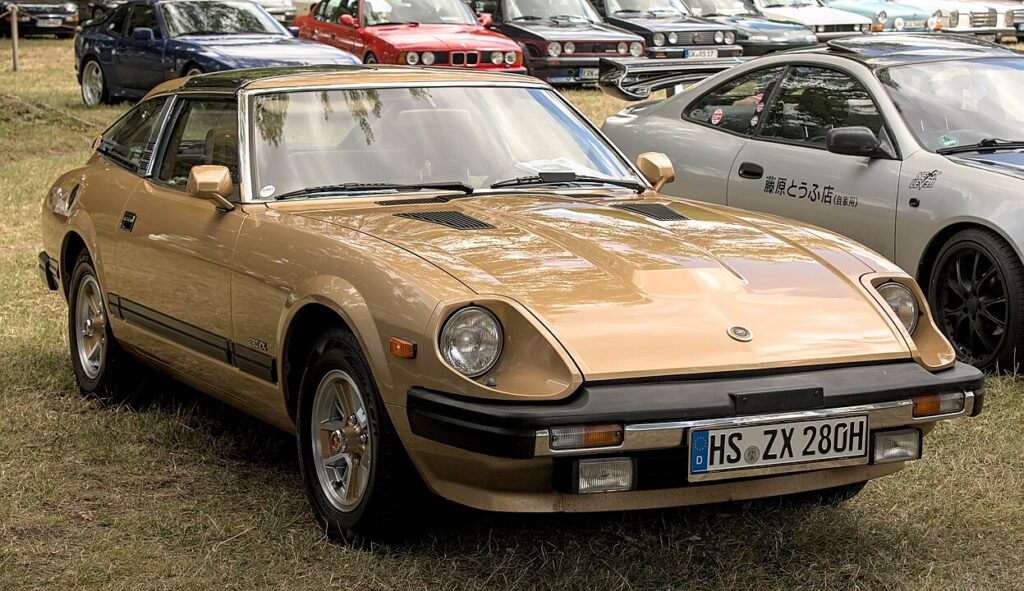
The Datsun 280ZX, produced from 1978 to 1983, was the follow-up to the highly successful 240Z and 260Z. While it offered more comfort and luxury, the 280ZX was criticized for being less sporty and more focused on grand touring. As a result, it never gained the same collector appeal as its predecessors, despite its success in the marketplace. It’s a car that’s appreciated by fans of the Z-car lineage but often overshadowed.
Lancia Montecarlo
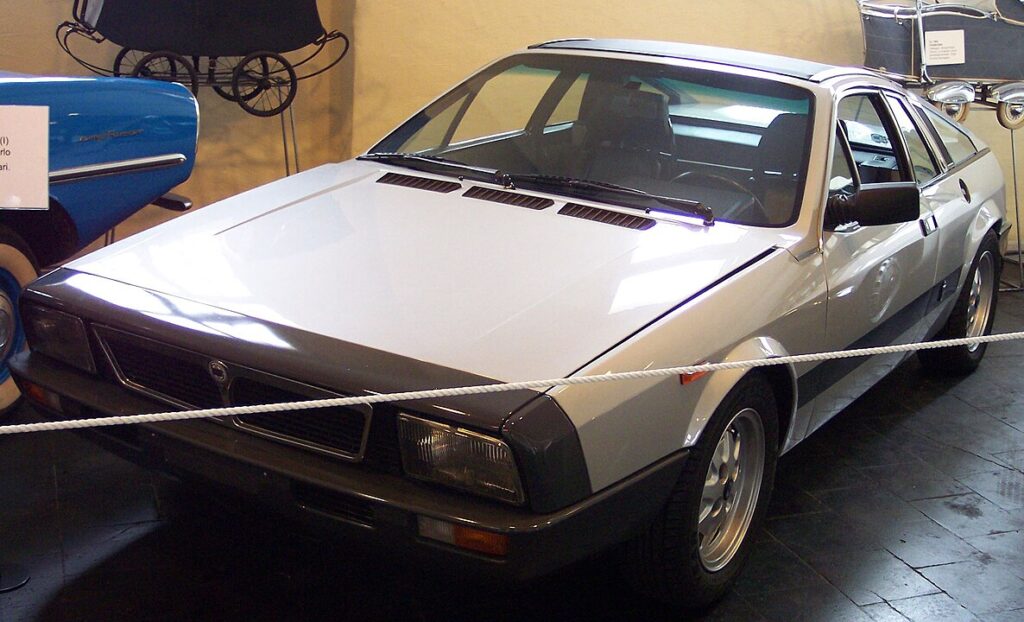
The Lancia Montecarlo, produced from 1975 to 1981, was a mid-engine sports car with a distinctive design. Despite its potential, the Montecarlo was hampered by underpowered engines and issues with brake locking, which led to a recall. Its mixed reception and Lancia’s fading presence in the market have kept it from becoming a widely collected classic, though it’s admired by those who appreciate its style and handling.
BMW 2002 Touring
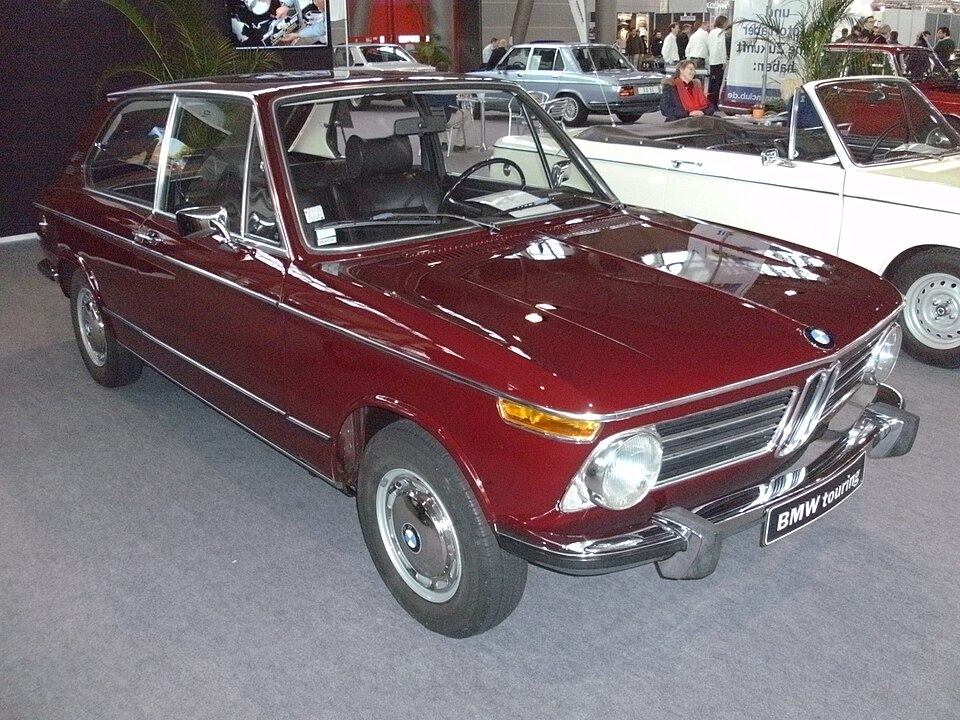
The BMW 2002 Touring, produced from 1971 to 1974, was a three-door hatchback version of the iconic 2002. While the standard 2002 models are highly sought after, the Touring version is less popular, partly due to its unconventional shape and limited production numbers. It’s a practical and fun car to drive, but its niche appeal has kept it from achieving the same status as its more traditional siblings in the collector’s market.
This article originally appeared in MyCarMakesNoise.
More from MyCarMakesNoise
16 Exclusive Classic Cars That Are Expected to Appreciate in Value

Classic cars hold a timeless appeal and can offer significant returns on investment. As certain models become rarer and more sought after, their value steadily climbs. Read More
18 Vintage Motorcycles That Have Declined in Value
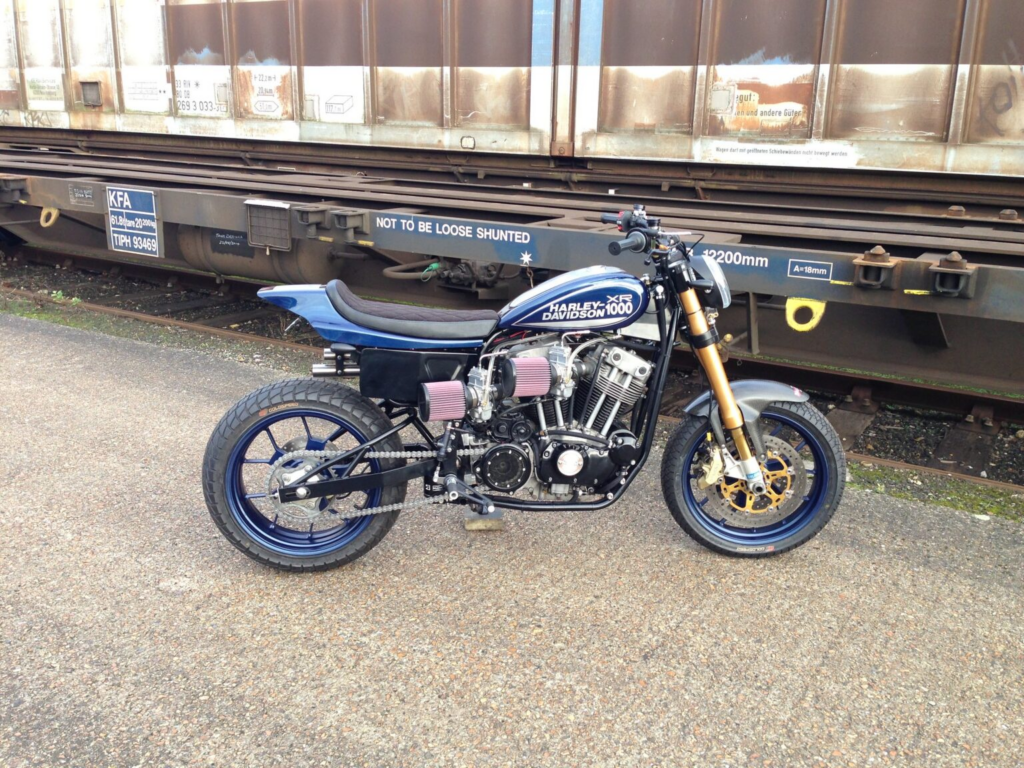
The allure of vintage motorcycles often lies in their timeless design and storied history. However, not all classic bikes have retained their value over the years. In this article, we explore 18 vintage motorcycles that, despite their former glory, have seen a decline in market worth. Read More
16 High-End SUVs with Unparalleled Luxury Features

When it comes to luxury SUVs, the market is filled with options that offer unparalleled comfort, cutting-edge technology, and top-notch performance. From bespoke interiors to powerful engines, these high-end vehicles redefine what it means to travel in style. Read More

